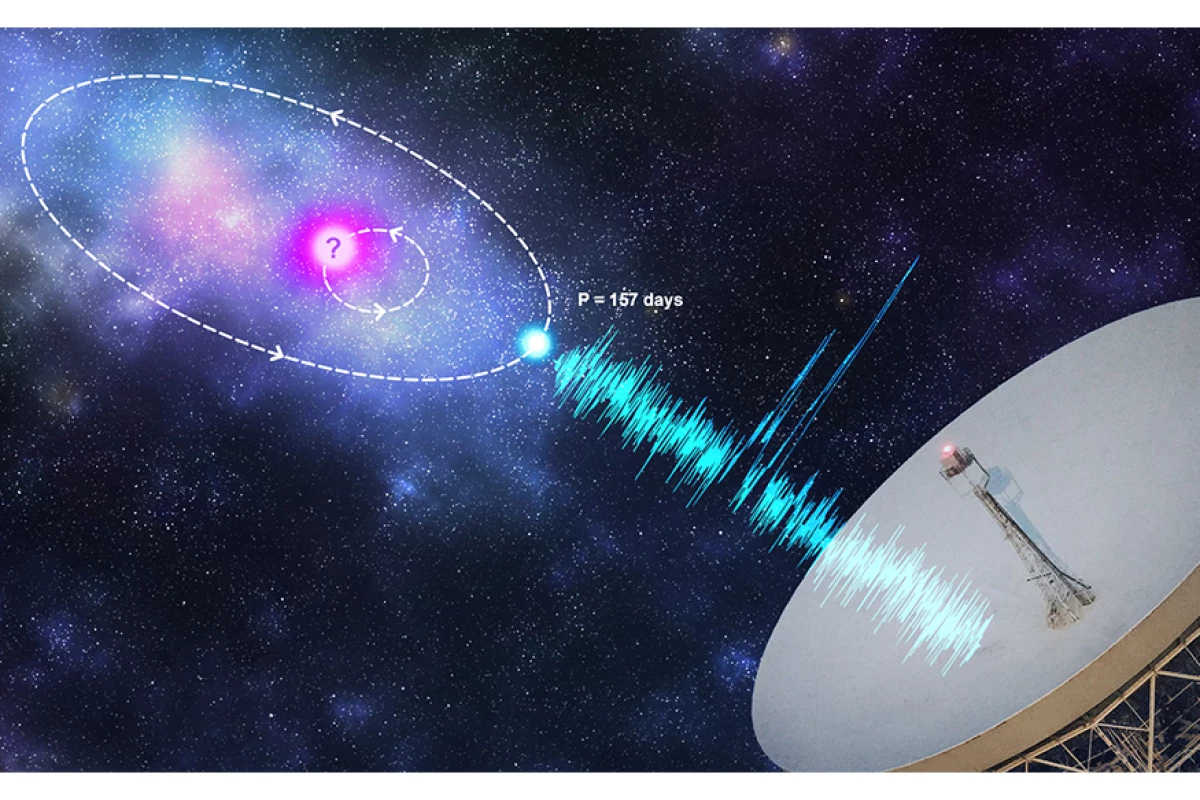Back in June, astronomers discovered a hidden pattern within seemingly-random radio signals from space. Based on years of data, it was predicted that the next bursts of activity should flare up around August – and now those signals have come through, right on schedule. The discovery could help us unravel the mystery of these Fast Radio Bursts (FRBs).
FRBs are pulses of radio signals that throw off incredible amounts of energy within milliseconds, often as one-off events. But a select few have been found to repeat at random – or at least, we thought it was random.
Earlier this year, astronomers discovered a periodic pattern hidden within the rumblings of a repeating radio source called FRB 121102. By analyzing 32 bursts from this repeater over four years, a team found that FRB 121102 follows a 157-day cycle: it flares up into a 90-day period of activity before falling silent for 67 days.
In May when this previous study was published, FRB 121102 was in the quiet phase of this cycle, and the researchers predicted that, based on their data, its next active phase should be between June 2 and August 28, 2020.
And lo and behold, the FRB has sprung back to life, right on schedule. Using the Five-hundred-meter Aperture Spherical radio Telescope (FAST) in China, astronomers observed the location of the signals regularly between March and August. No detections were made until August 17, when FRB 121102 gave off at least 12 bursts in the space of two hours.
This new finding does lend weight to the idea of periodicity in FRB 121102’s emissions, but the exact details of its cycle are still hazy. By combining data from several studies, the team suggests that its cycle actually runs for 156.1 days, with the source active for 99 of those days. Following this new schedule, the team predicts that the object should "turn off" again around August 31 to September 9.
If it continues to fire off bursts after that time, the researchers say this could suggest that the period has either evolved, or wasn’t “real” in the first place.
Other scientists have come to different conclusions about FRB 121102’s periodicity. A team led by Marilyn Cruces at the Max Planck Institute found that the cycle lasts around 161 days, and the source should be active between July 9 and October 14, 2020. After that, it should remain quiet until December 17, when it enters a new active phase that lasts until March 24, 2021.
Time – and future observations – will tell which, if any, of these predictions come true. Either way, FRB 121102 will be watched closely over the next few months, in the hopes that it could give up new clues to what might be behind these strange signals.
Cruces' team's work is available in pre-print on ArXiv.
Source: The Astronomer’s Telegram via Science Alert




